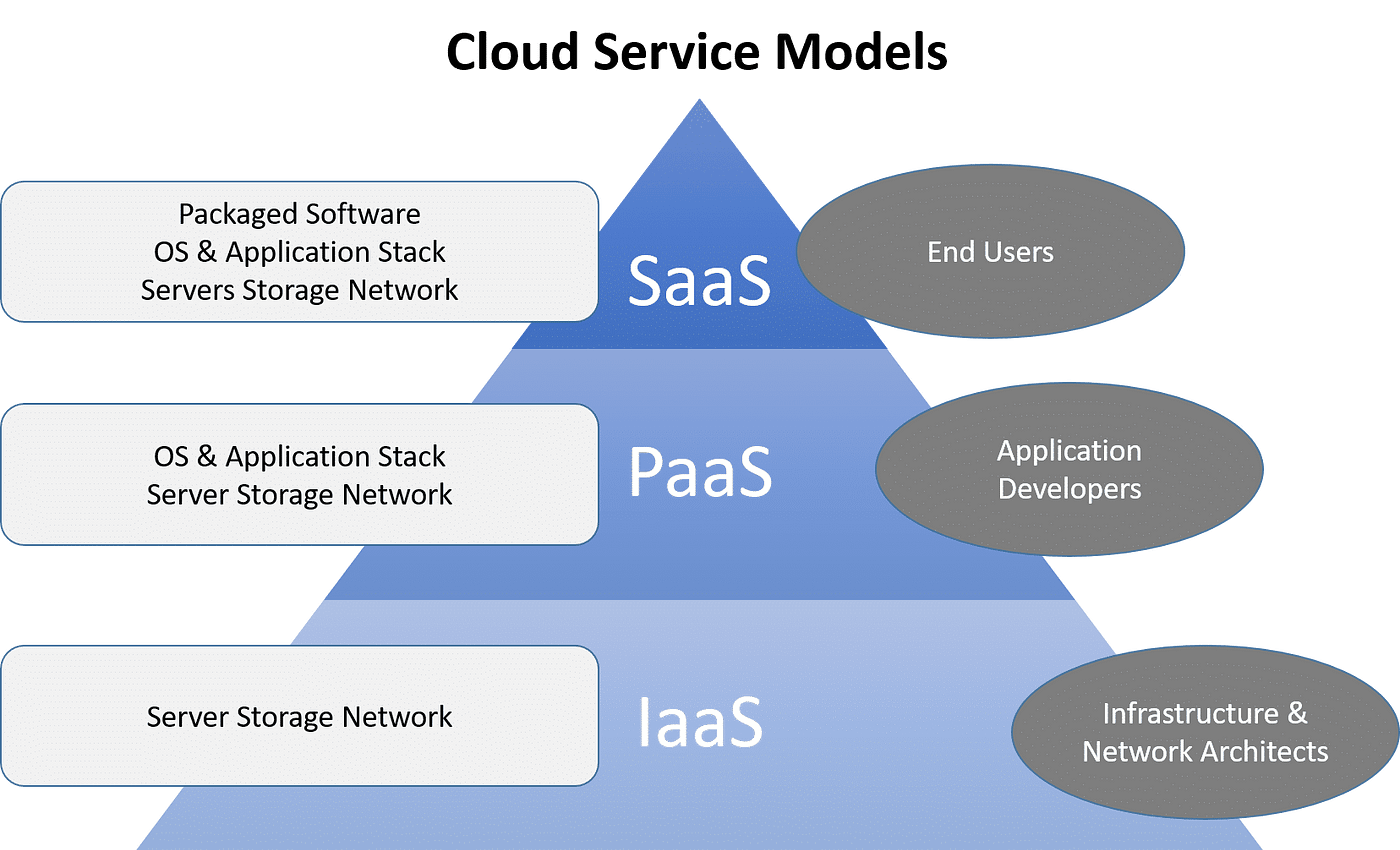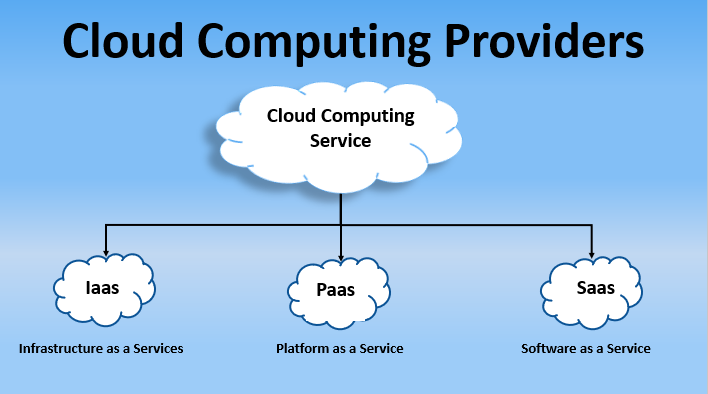Simplify Your Facilities With Cloud Services
As organizations navigate the ever-evolving landscape of modern technology and information administration, the function of cloud solutions in streamlining infrastructure has ended up being progressively prominent. Exactly how can organizations effectively browse this transition and really open the possibility of cloud services for simplifying their facilities?
Benefits of Cloud Provider
Cloud services use a structured approach to handling IT facilities, providing services with scalability, cost-efficiency, and versatility. Among the essential benefits of cloud services is the scalability they provide. Organizations can conveniently scale their sources up or down based upon need, guaranteeing they just spend for what they utilize. This adaptability is particularly helpful for services with changing requirements or those experiencing growth.
In addition, cloud services eliminate the demand for services to buy costly software and hardware. This cost-efficiency is a substantial advantage, especially for little to medium-sized ventures aiming to decrease ahead of time prices. By utilizing cloud solutions, organizations can access high-grade IT resources without the substantial cost associated with conventional infrastructure setups.
In addition, cloud services supply businesses with the versatility to access their information and applications from anywhere with a web link. This level of access boosts collaboration among groups, allows remote work, and boosts general performance. The flexibility used by cloud solutions equips organizations to adjust promptly to altering market conditions and customer needs.
Cost Savings and Scalability
Along with the operational benefits highlighted previously, the combination of cloud solutions right into a company's facilities yields substantial expense financial savings and improved scalability. Cloud services supply a pay-as-you-go model, allowing companies to range sources up or down based on current needs, consequently avoiding the costs connected with keeping excess ability. This flexibility enables business to adjust promptly to varying demands without sustaining unnecessary expenses.
Additionally, cloud services remove the need for ahead of time investments in software and hardware, minimizing capital investment. Overhead are likewise lessened as business no much longer need to handle and maintain physical servers, bring about reduced power usage and IT staffing costs. Furthermore, cloud solutions supply automatic updates and maintenance, making certain that the infrastructure remains safe and current without needing hands-on interventions.
Boosted Security Measures
When integrating cloud services into a business's framework to ensure and protect delicate data compliance with industry laws,Implementing rigorous safety and security measures is vital. Cloud service carriers provide enhanced safety attributes such as data file encryption, firewall defense, and multi-factor authentication to alleviate cybersecurity threats. File encryption aids safeguard information both at remainder and en route, making certain that only licensed individuals can access sensitive info. Firewall softwares serve as an obstacle in between outside hazards and internal networks, monitoring and controlling incoming and outgoing network traffic. Multi-factor verification includes an additional layer of security by calling for users to provide numerous kinds of confirmation before accessing the cloud services.
Moreover, routine safety audits and compliance assessments aid recognize susceptabilities and guarantee adherence to industry requirements. Firms can also gain from features like automatic protection updates and real-time hazard monitoring supplied by cloud company. By focusing on security steps and remaining aggressive in dealing with possible dangers, organizations can with confidence leverage cloud solutions while securing their beneficial data from unauthorized accessibility or breaches.
Transitioning to Cloud Infrastructure
To efficiently incorporate cloud services into a business's framework, a structured method that attends to the shift towards cloud-based services is vital. Transitioning to cloud infrastructure involves mindful preparation and implementation to make sure a smooth movement process - cloud services press release.
Once the evaluation is total, a migration approach should be established. This method must describe the timeline, sources, and obligations for moving each component to the cloud. It is vital to communicate this strategy plainly to all stakeholders to make sure placement and reduce disruptions throughout the transition.
Throughout the migration surveillance, procedure and screening are critical to determine and deal with any issues promptly. Regular checkpoints need to be developed to track development and make necessary adjustments. Additionally, training for staff members on utilizing cloud services must be supplied to make sure Continued a successful change and make best use of the advantages of the brand-new infrastructure.
Ideal Practices for Cloud Fostering
Effective adoption of cloud solutions hinges on the critical placement of service objectives with technical capabilities and business preparedness. To ensure a smooth shift to the cloud, companies need to begin click for more by conducting a detailed assessment of their present infrastructure and determining which work are best suited for cloud migration. It is critical to include essential stakeholders from various departments in the decision-making process to gain buy-in and resolve any kind of worries beforehand.
One more ideal method for cloud adoption is to focus on security and compliance. Organizations has to thoroughly assess the security actions supplied by cloud provider and make certain that their data is shielded according to sector standards and governing requirements. Implementing durable data encryption, gain access to controls, and routine safety audits can help mitigate threats connected with cloud adoption.

Verdict

As services browse the ever-evolving landscape of technology and data monitoring, the duty of cloud services in simplifying framework has actually come to be progressively famous - linkdaddy cloud services. How can services successfully browse this change and genuinely unlock the potential of cloud solutions for see this site simplifying their facilities?
Cloud services offer a structured technique to handling IT infrastructure, offering businesses with scalability, versatility, and cost-efficiency. By making use of cloud solutions, companies can access premium IT resources without the large cost tag associated with typical framework arrangements.
To guarantee a smooth shift to the cloud, organizations need to begin by carrying out a detailed evaluation of their existing infrastructure and identifying which workloads are best matched for cloud movement.